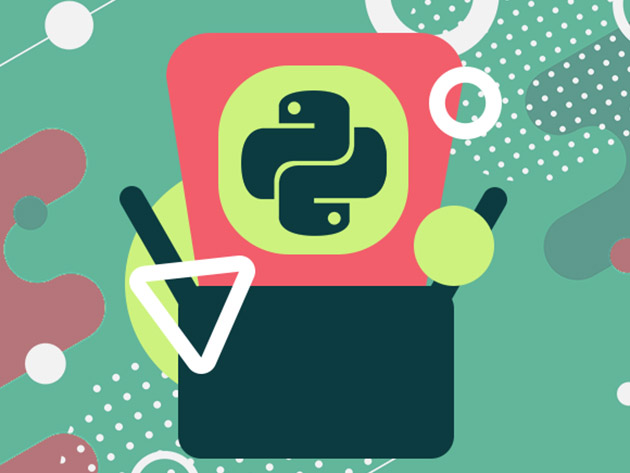The Premium Python Programming PCEP Certification Prep Bundle
What's Included

The Python Mega Course: Build 10 Real World Applications
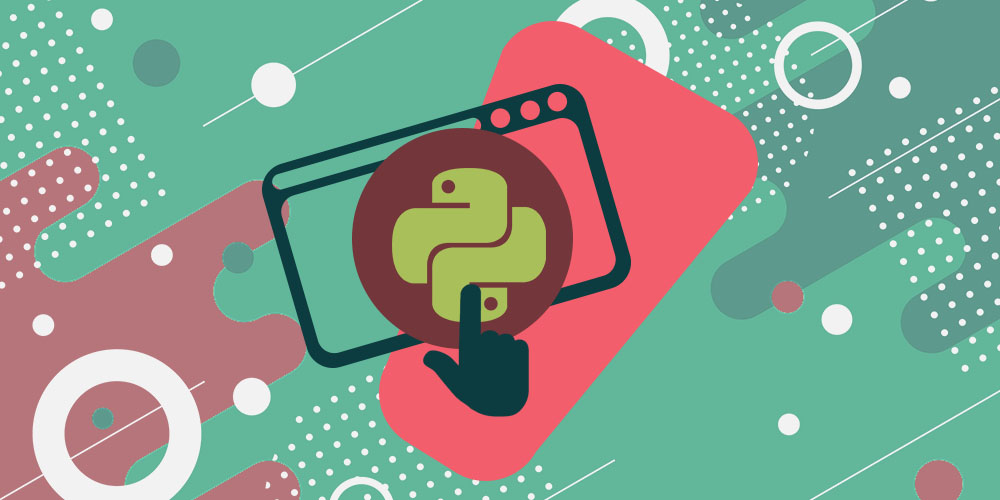
Django 2 & Python | The Ultimate Web Development Bootcamp
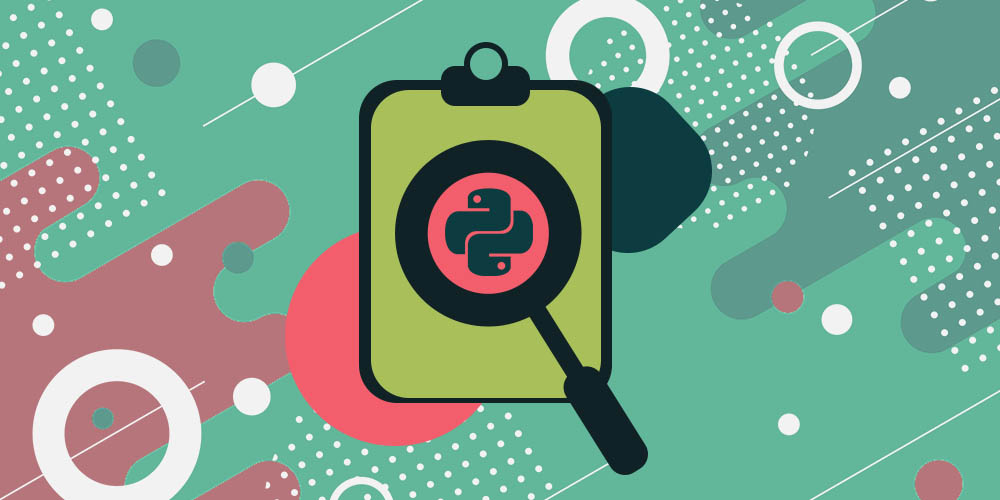
Python Hands-On with 46 Hours, 210 Exercises, 5 Projects, 5 Assignments, 2 Exams
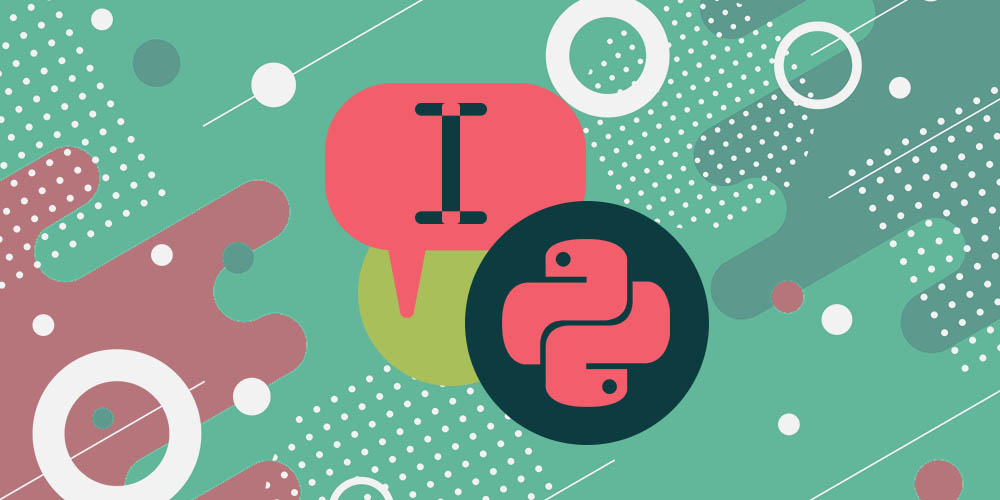
Python Language Fundamentals: Learn Python from Scratch

Machine Learning with Python
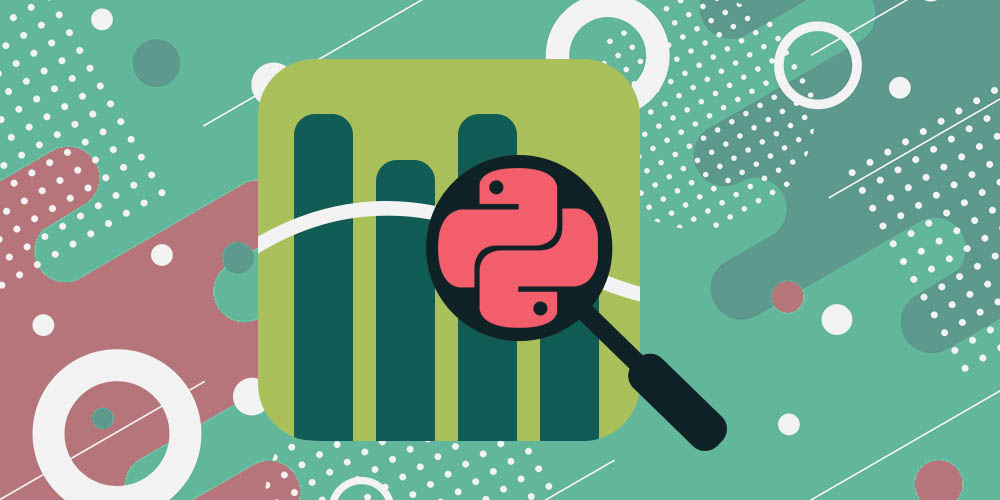
Python Data Analysis & Visualization
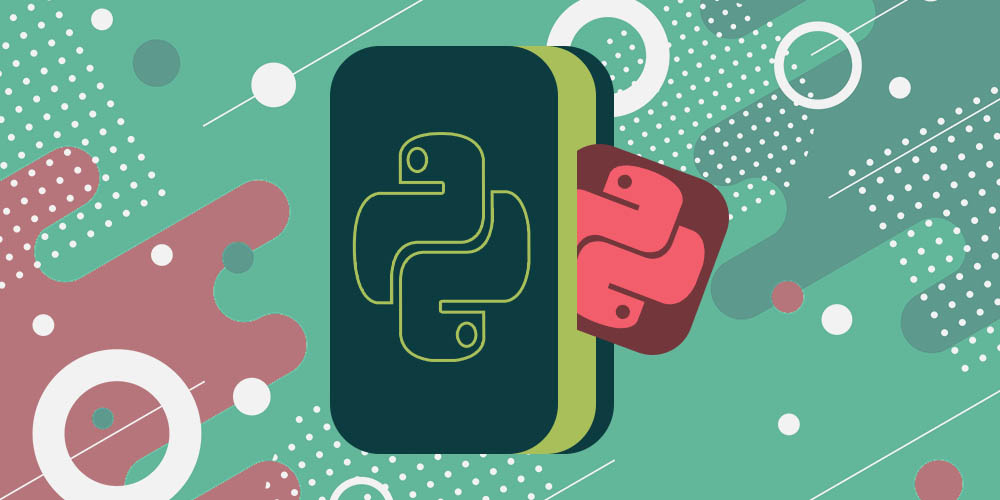
The Complete Python Course

Python 3: From ZERO to GUI Programming
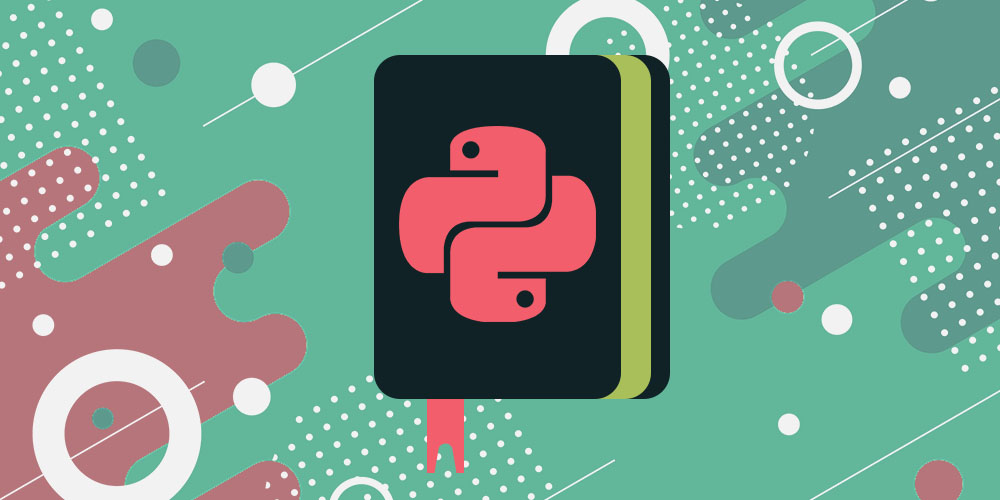
Practical Python: Learn Python Basics Step by Step - Python 3
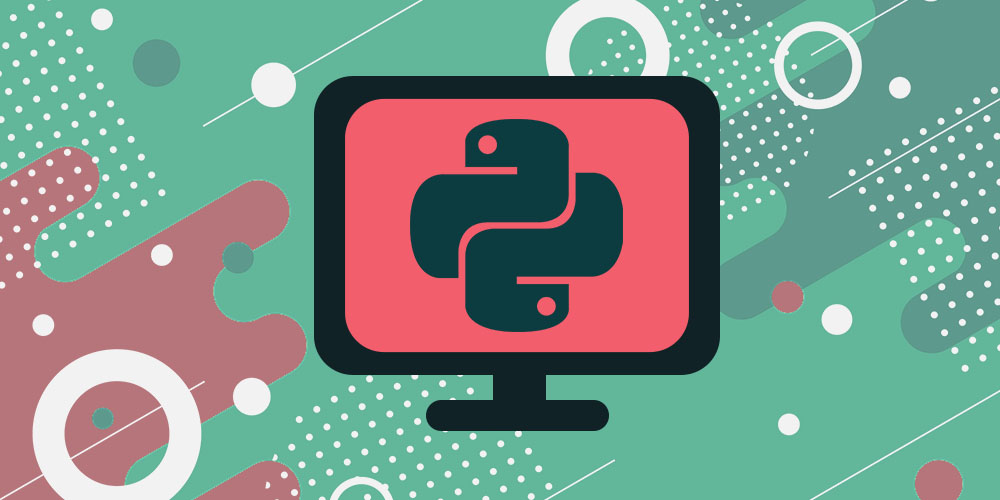
PCEP | Certified Entry-Level Python Programmer Certification Preparation Course

Automatic Stock Trading with Python - Trading Bot Included!
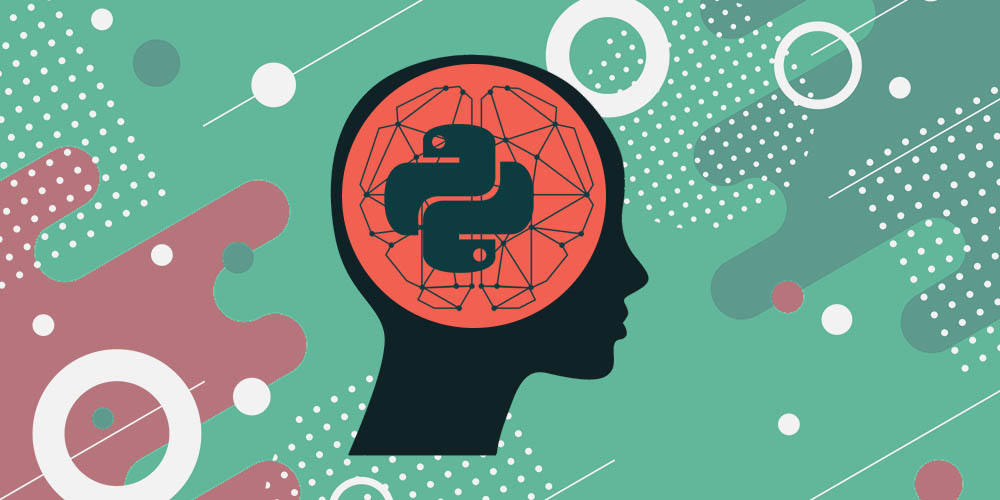
Deep Learning with Python
Terms
- Unredeemed licenses can be returned for store credit within 30 days of purchase. Once your license is redeemed, all sales are final.
Joseph Terry
It's good step by step. There should have been a pre-requirement list of things so you don't have to spend time on other web sites during a lesson.
Franz Rustler
The amount and the quality is fair so for everyone how wants to get deeper in python i can recoment.
Stuart Bean
From beginner to pro and everything in between, will great trainers who set out things well and really help making learning easy.
Neal Smith
Great course - easy to follow videos - great instructor. The course starts you from zero knowledge starting with very basic concepts/
Mohammed Hasan
For the hours of instructions given, I think the low cost of the product is a very good value for money.
Nguyen Luong Hoang
Pros: easy to understand, intuitive and highly practical examples. Cons: Needs more examples, integrates 1 project development throughout the course. After completing the course, students will have 1 product right away


